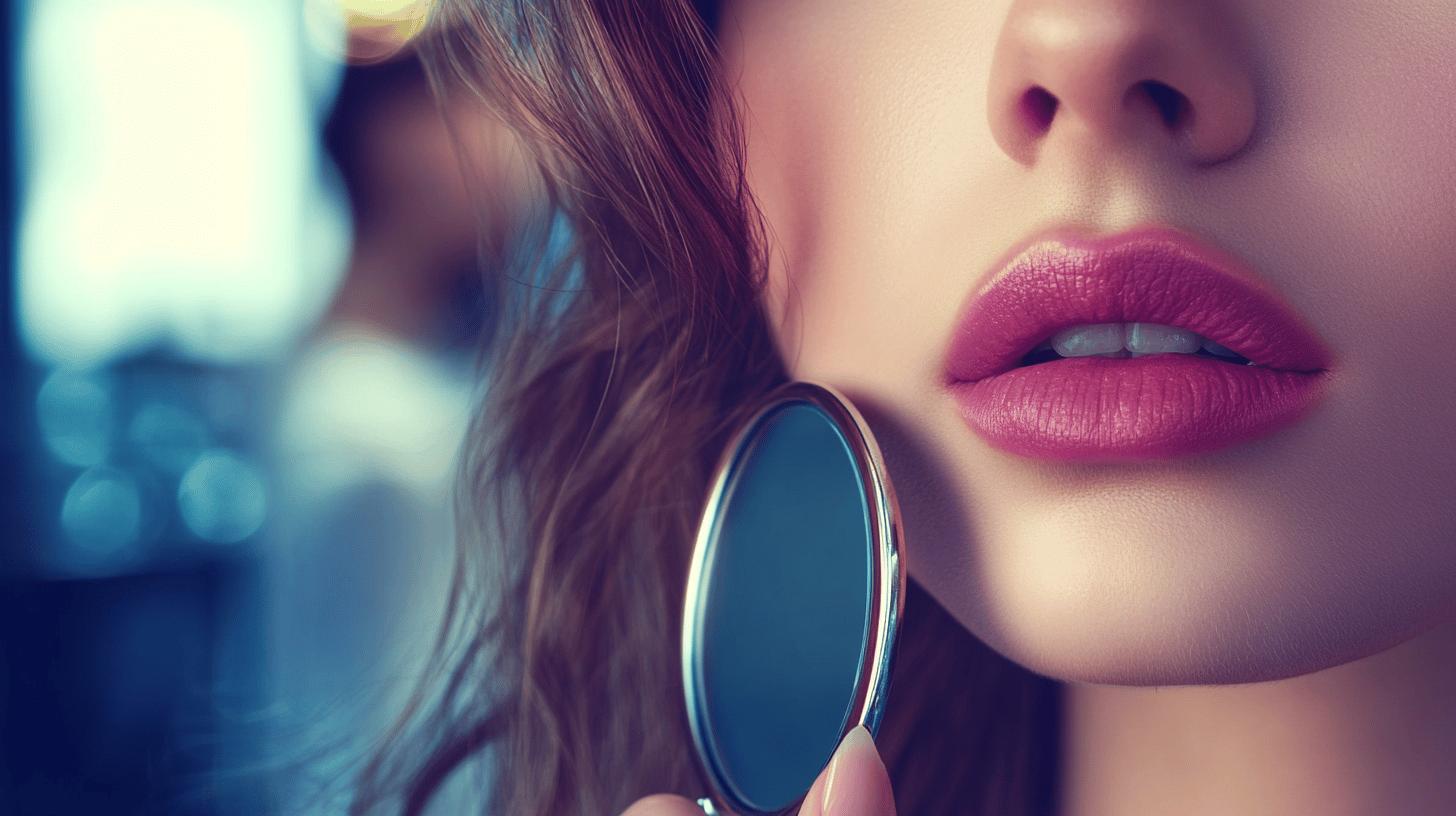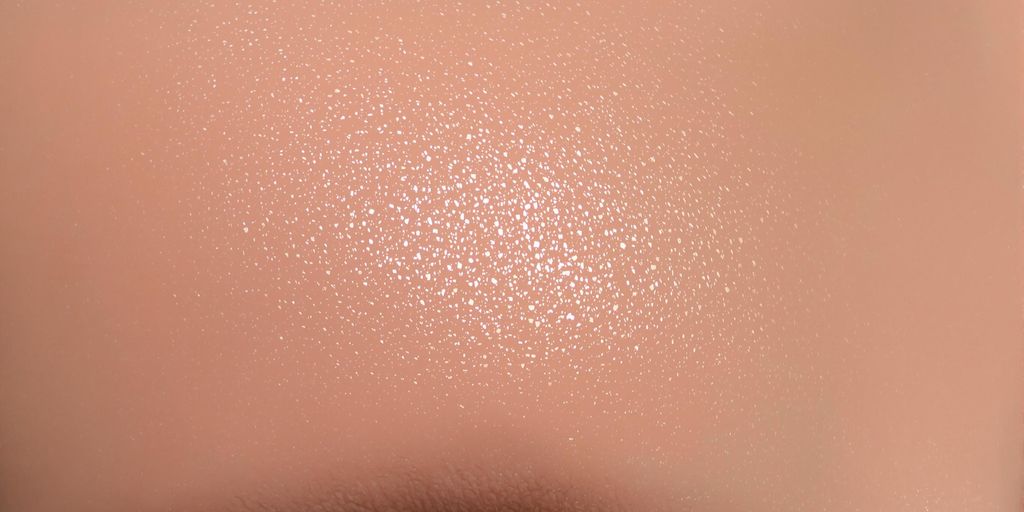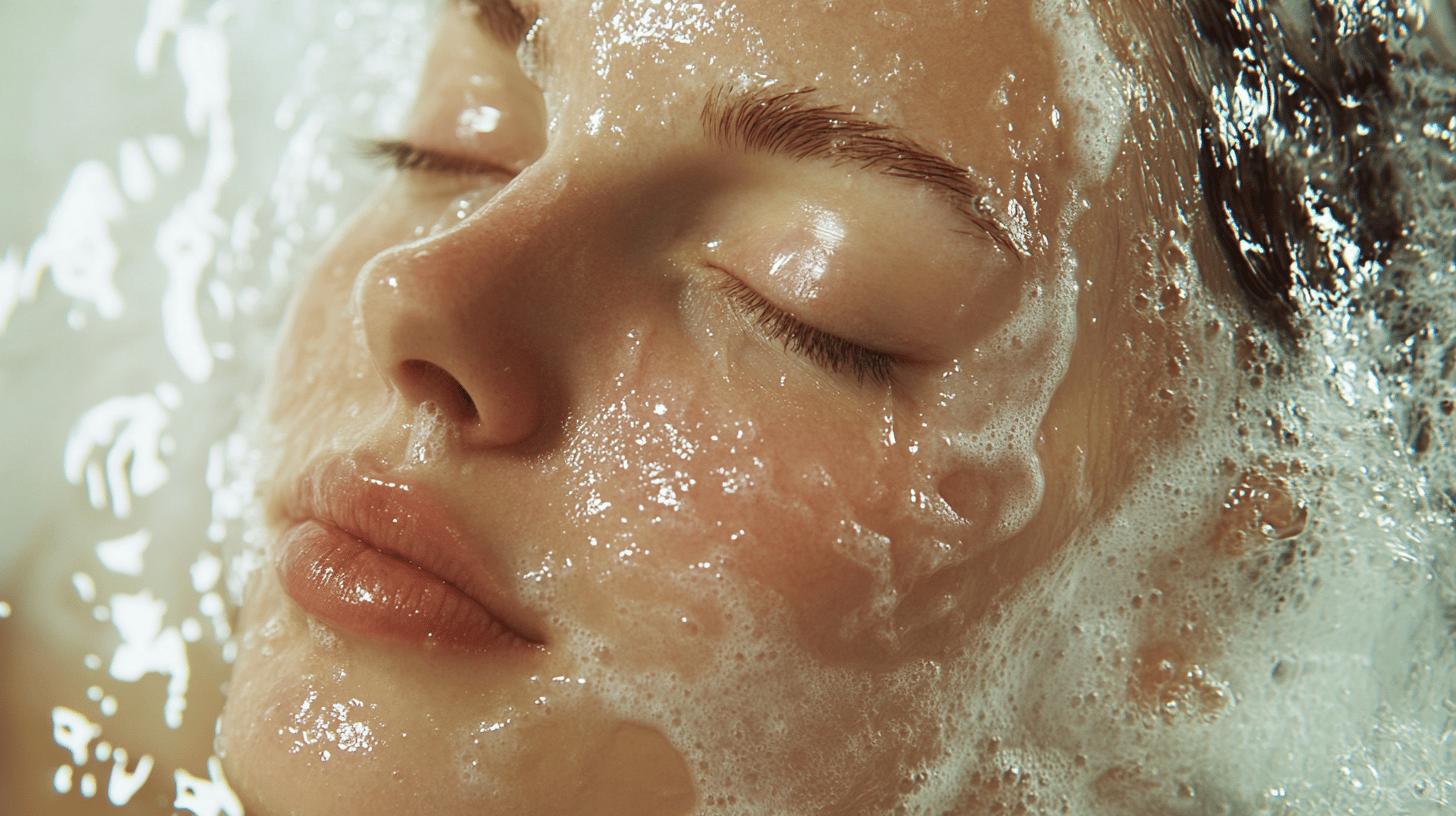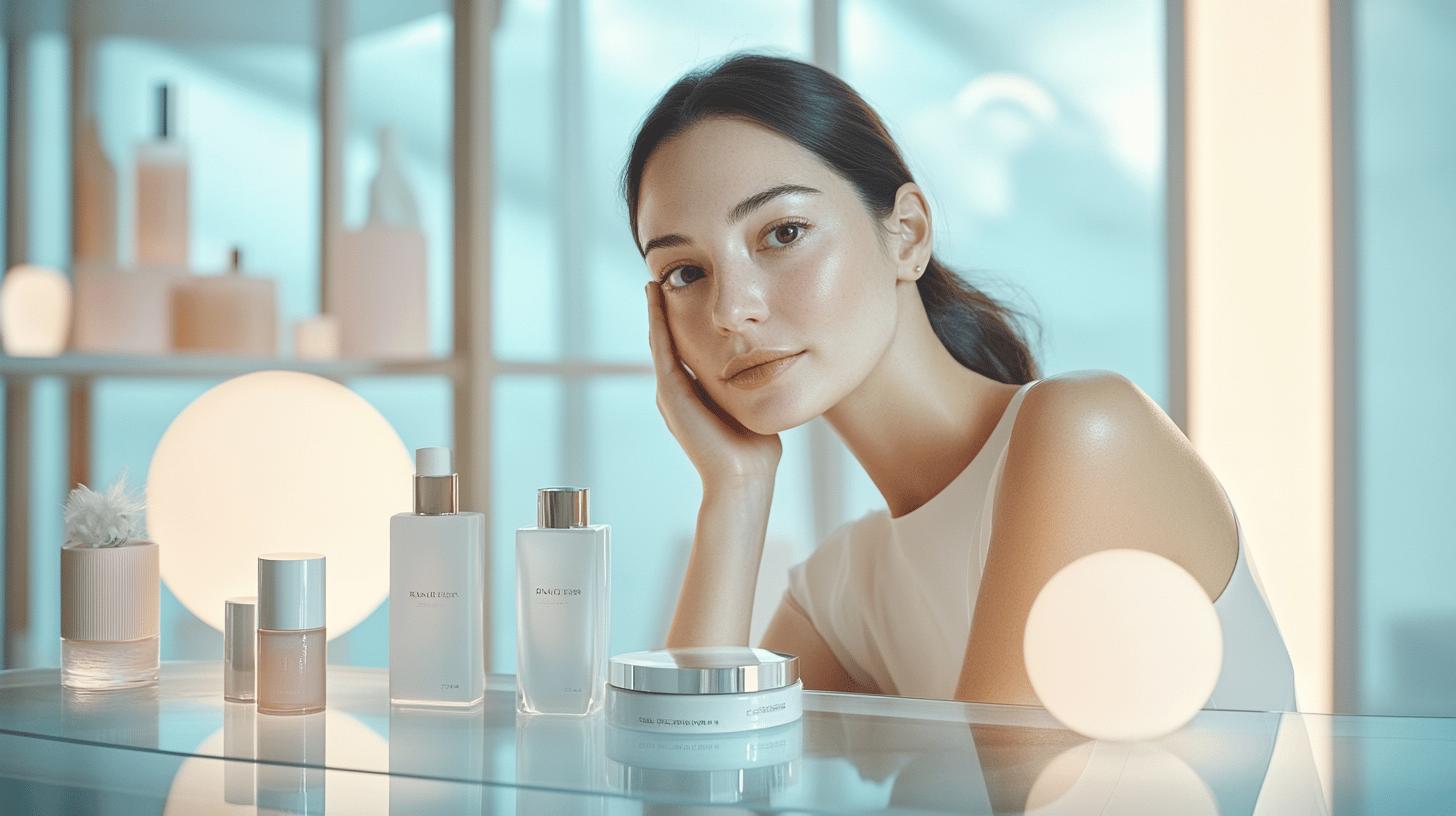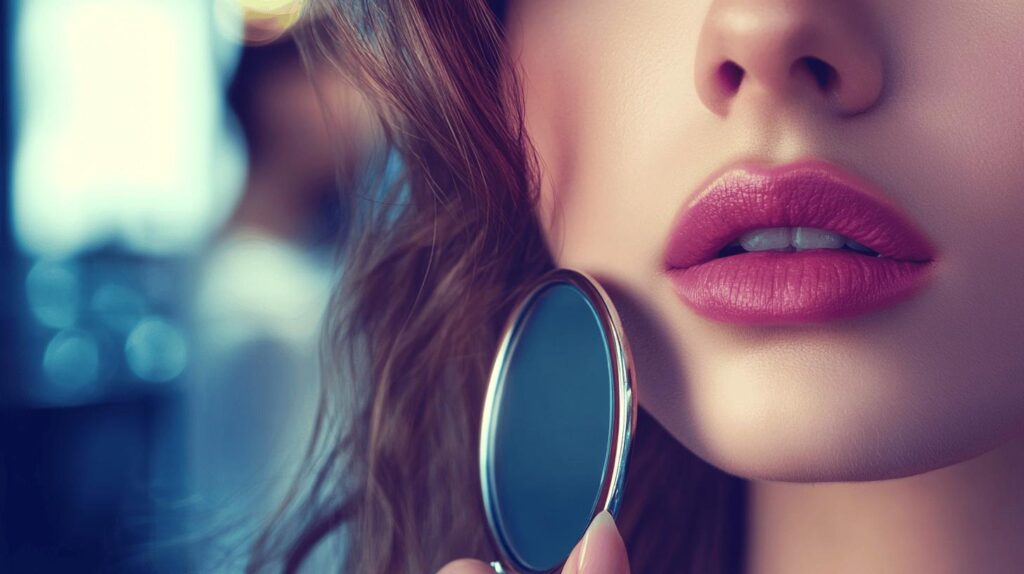Are you contemplating lip fillers but anxious about the procedure? It’s common to have many questions and concerns regarding this popular aesthetic treatment. Lip fillers, primarily crafted from hyaluronic acid, are designed to enhance lip volume and contour while maintaining a natural appearance. Understanding what to expect during the procedure and the essential aftercare tips can significantly impact your experience and results. This comprehensive guide will provide crucial insights into the lip filler journey, from the procedure itself to managing expectations and ensuring optimal recovery outcomes. Dive into this informative resource and embark on your path to achieving the enhanced lips you desire.
Understanding Lip Fillers: What They Are and How They Work
Lip fillers are injectable treatments designed to enhance lip volume, shape, and definition. The primary component used in these fillers is hyaluronic acid, a naturally occurring substance in the body that plays a crucial role in maintaining skin hydration and elasticity. By injecting hyaluronic acid into the lips, practitioners can achieve a fuller and more defined appearance, which can significantly enhance the overall facial aesthetic.
The lip filler procedure is minimally invasive and typically takes less than an hour to complete. It begins with a comprehensive consultation where aesthetic goals and facial anatomy are discussed. This ensures the treatment plan aligns with the client’s vision. On the day of the procedure, a topical anaesthetic is applied to the lips to maximise comfort during the injections. Patients are advised to avoid blood-thinning medications and alcohol in the days leading up to the appointment to minimise bruising and swelling.
- Hydrates and plumps the lips
- Provides natural-looking volume
- Enhances lip symmetry and shape
- Reduces fine lines around the mouth
- Offers results that can be adjusted over time
The non-invasive nature of lip fillers makes them an attractive option for those seeking lip enhancement without the need for surgery. The application of a topical anaesthetic ensures that the procedure is comfortable for most individuals. Additionally, the use of hyaluronic acid, a biocompatible substance, reduces the risk of adverse reactions, making it a safe choice for many seeking to enhance their natural beauty.
The Lip Filler Procedure: Preparation and What to Expect
A comprehensive consultation is a critical first step in the lip filler procedure. During this session, patients discuss their aesthetic goals, and the practitioner evaluates facial anatomy to ensure the treatment plan aligns with the desired outcome. This dialogue helps manage expectations and lays a foundation for achieving the best possible results.
Preparing for Your Lip Filler Appointment
Proper preparation can significantly influence both the outcome and longevity of lip fillers.
- Scheduling: Schedule your appointment at least a month before any significant events. If you are already familiar with the procedure, two weeks in advance may suffice. This timeline allows for any swelling or bruising to subside.
- Dietary Considerations: Consume a balanced meal and stay hydrated before your appointment. This helps maintain your energy levels and can alleviate any discomfort during the procedure.
- Medications to Avoid: Refrain from taking blood-thinning medications, such as aspirin or ibuprofen, for several days before your appointment to minimise bruising. Always consult your practitioner if you are on prescription medication.
What to Expect During the Procedure
The lip filler procedure is straightforward and typically completed within an hour. Here’s what happens:
- Anaesthesia Application: To ensure comfort, a topical anaesthetic is applied to numb the lips before injections. This step is crucial for minimising pain during the procedure.
- Treatment Duration: The actual injection process is quick, usually taking about 15 to 30 minutes. The practitioner will carefully inject the filler to enhance volume and shape as discussed during the consultation.
Choosing a qualified practitioner is paramount for a safe and successful lip filler experience. A skilled professional will not only execute the procedure with precision but also offer expert advice and support throughout the treatment journey. This ensures that patients receive personalised care tailored to their unique facial structures and aesthetic desires.
Managing Expectations and Common Side Effects

When considering lip fillers, it is important to have realistic expectations about the results and timeline for visible improvements. Typically, the initial effects of lip fillers can be seen immediately after the procedure, with lips appearing fuller and more defined. However, due to the body’s natural response to the injections, some swelling and tenderness are common. The full results become more apparent as swelling subsides, usually within a few days to a week post-treatment. It’s essential to understand that the final outcome will depend on various factors, including the type of filler used and the individual’s natural lip structure.
Common side effects associated with lip fillers include swelling, tenderness, and bruising at the injection site. These effects are generally mild and temporary, resolving within a few days to a week. To manage these side effects, patients are advised to follow specific aftercare instructions. Applying an ice pack gently to the treated area can help reduce swelling and discomfort. It’s also beneficial to avoid strenuous exercise, alcohol consumption, and exposure to excessive heat for a few days post-treatment.
If any severe or persistent symptoms occur, such as excessive swelling, severe pain, or signs of infection, it is crucial to seek medical advice promptly. These could indicate complications that require professional evaluation and intervention to ensure a safe recovery and optimal results.
Lip Filler Aftercare Tips for Optimal Results
Aftercare is a vital component of the lip filler process, ensuring optimal results and minimising the risk of complications. Proper post-treatment care not only enhances the aesthetic outcome but also aids in a smoother recovery. Following the recommended aftercare instructions is crucial for maintaining the benefits of the procedure and preventing issues such as excessive swelling, bruising, or infection. Patients who adhere to these guidelines can expect a more comfortable and effective healing process.
- Apply Ice: Gently place an ice pack or ice cube wrapped in a cloth on the lips to reduce swelling and discomfort.
- Avoid Vigorous Exercise: Refrain from strenuous physical activities for at least 24-48 hours after treatment to minimise swelling and bruising.
- Keep Lips Undisturbed: Avoid touching, massaging, or applying pressure to the lips to prevent irritation and facilitate healing.
- Skip Makeup: Do not apply makeup to the lip area for at least 24 hours to reduce the risk of infection.
- Refrain from Kissing: Avoid kissing until any tenderness or swelling subsides to prevent discomfort and potential complications.
- Stay Hydrated: Drink plenty of water to maintain hydration, which supports the healing process and helps maintain lip volume.
- Avoid Excessive Heat: Steer clear of saunas, hot tubs, and direct sun exposure for a few days post-treatment to reduce the risk of inflammation.
- Use Lip Moisturiser: Apply a gentle moisturiser to keep lips hydrated, especially if they feel dry or chapped after the procedure.
Hydration plays a significant role in aftercare, as it helps maintain the plumpness and elasticity of the lips. Protecting the lips from environmental stressors, such as extreme temperatures and harsh skincare products, is equally important. Patients should consider scheduling a follow-up consultation with their practitioner to assess the results and address any concerns. This meeting ensures that the treatment has achieved the desired outcome and allows for any necessary adjustments.
Choosing the Right Lip Filler and Practitioner
When selecting lip fillers, it is crucial to understand the different types available. Hyaluronic acid fillers are among the most popular due to their ability to provide natural-looking results and their safety profile. These fillers not only enhance lip volume but also improve hydration and elasticity. One highly recommended option is Restylane Kysse, known for its natural results and ability to maintain facial expressions. The choice of filler should align with the desired aesthetic outcome and the individual’s unique lip anatomy.
Selecting a qualified practitioner is essential for achieving the desired results safely. A certified professional will possess the necessary expertise to assess your facial structure and recommend the most suitable filler. It is important to verify the practitioner’s credentials and experience, as this ensures they can guide you through the process and provide the necessary aftercare support. Ultimately, choosing the right practitioner contributes significantly to the safety, satisfaction, and success of lip filler treatments.
Cost, Longevity, and Maintenance of Lip Fillers
The cost of lip fillers can vary widely, typically ranging from £200 to £1,000 per session. Several factors influence the price, including the type of filler used, the expertise of the practitioner, and the geographical location of the clinic. More experienced practitioners or those located in major cities may charge higher fees. Additionally, the amount of filler required to achieve the desired results will also affect the overall cost. It is important for individuals considering lip fillers to factor in these variables when budgeting for their treatment.
Lip fillers generally last between six to twelve months, with longevity influenced by the specific product used, an individual’s metabolism, and the quantity of filler injected. To maintain the desired appearance, periodic touch-ups are recommended. These maintenance appointments help to sustain lip volume and shape over time. Patients should consider incorporating these sessions into their budget planning, as regular treatments are necessary for prolonged results. Understanding the financial and time commitment involved is essential for those seeking to enhance their appearance with lip fillers.
Navigating Myths and Misconceptions About Lip Fillers
Myth: Lip fillers are unsafe.
Truth: Lip fillers, particularly those using hyaluronic acid, are generally safe when administered by qualified professionals. They utilise a biocompatible substance, reducing the risk of adverse reactions.
Myth: Lip fillers always look unnatural.
Truth: When performed by an experienced practitioner, lip fillers can enhance natural beauty, offering subtle and natural-looking results that align with the individual’s facial harmony.
Myth: Results are permanent.
Truth: Lip fillers are temporary, typically lasting between six to twelve months. This allows for adjustments over time to maintain the desired appearance without long-term commitment.
Myth: Anyone can administer lip fillers.
Truth: Only trained and certified professionals should perform lip filler treatments to ensure safety and desired outcomes. They possess the necessary expertise in facial anatomy and injection techniques.
For those considering lip fillers, it is essential to seek information from credible sources and consult with certified professionals. This ensures a safe experience and results that meet personal aesthetic goals.
Final Words
The journey through The Ultimate Guide to Lip Fillers: What to Expect and Aftercare Tips comprehensively illuminated the nuances of lip filler treatments. From understanding their composition and the meticulous preparation involved to recognising common side effects and mastering aftercare protocols, each aspect pointed to enhancing both beauty and wellness.
Choosing the right filler and an experienced practitioner forms the cornerstone of a successful experience. Informed decisions ensure satisfaction and safety. Embracing realistic expectations and thorough aftercare ensures natural-looking results. Lip fillers, when meticulously managed, can significantly boost confidence and personal aesthetics.
FAQ
What should I not do after getting lip fillers?
Avoid touching or massaging the lips unnecessarily after fillers. Refrain from vigorous exercise, applying makeup, or consuming alcohol for 24-48 hours. This helps reduce swelling and ensures optimal healing.
How to help lips heal faster after fillers?
To aid in faster healing, ice the lips intermittently for the first 24-48 hours. Stay hydrated, avoid heat exposure, and keep the lips clean to minimise the risk of infection and promote faster recovery.
How long does it take for lips to fully settle after filler?
Lips typically take about two weeks to fully settle. Initial swelling may subside within a few days, but it is essential to allow time for the filler to integrate with the tissue for natural-looking results.
What is the best thing to do after lip fillers?
After getting lip fillers, ensure gentle aftercare. Apply ice packs to reduce swelling, avoid pressure on the lips, and follow your practitioner’s instructions regarding creams or products to support the healing process.
How many days do you ice lips after filler?
Ice the lips intermittently, especially in the first 24-48 hours post-treatment. This can alleviate swelling and discomfort. Always wrap an ice pack in a cloth to prevent direct contact with the skin.
Should I avoid alcohol after lip fillers?
Yes, refrain from alcohol consumption for at least 24 hours post-procedure. Alcohol can thin the blood, increasing bruising and swelling and possibly affecting healing outcomes.
Are massages recommended after lip filler treatment?
It’s usually advised to avoid massages for at least a week after lip fillers. Massaging prematurely can alter results and disrupt filler placement. Follow the specific advice given by your healthcare provider.

